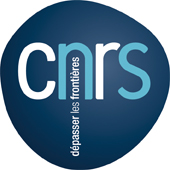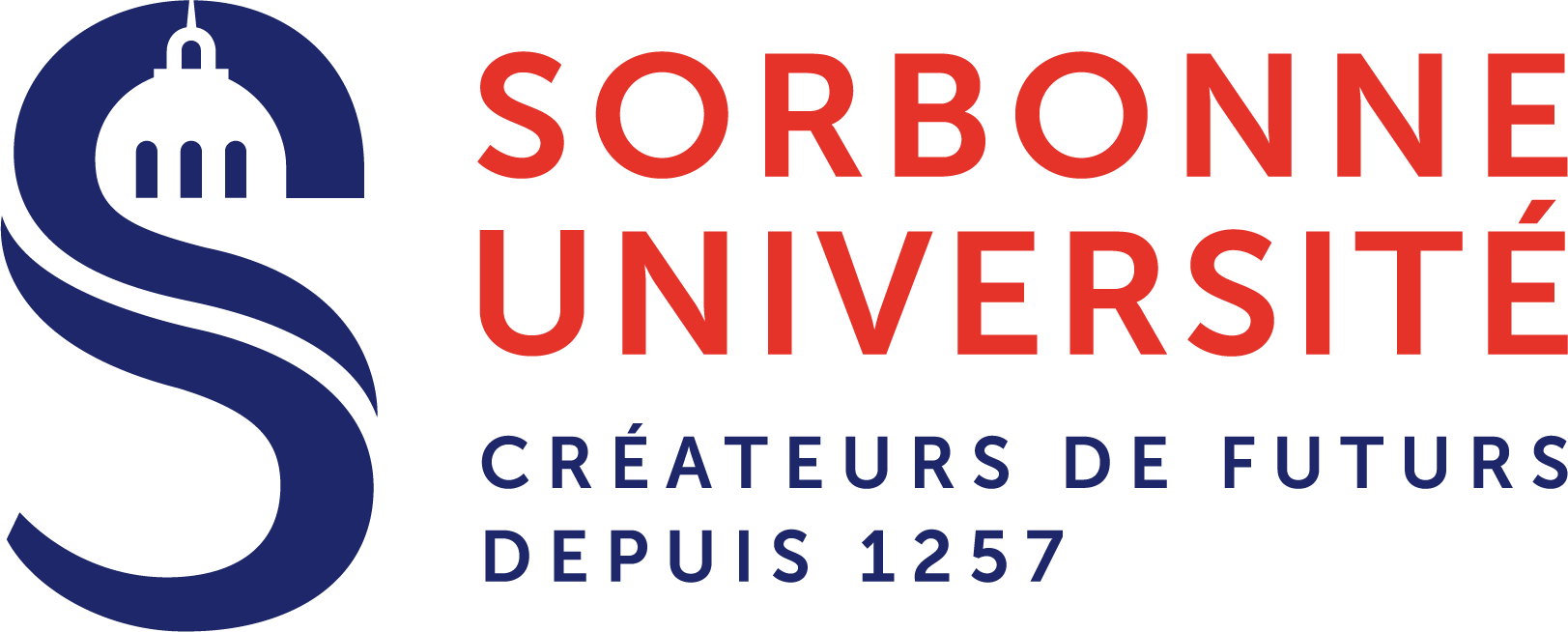Computational Model of the Transition from Novice to Expert Interaction Techniques
People involved
Gilles Bailly
Mehdi Khamassi
Benoît Girard

Abstract
Despite the benefits of expert interaction techniques, many users do not learn them and continue to use novice ones. This article aims at better understanding if, when and how users decide to learn and ultimately adopt expert interaction techniques. This dynamic learning process is a complex skill-acquisition and decision-making problem. We first present and compare three generic benchmark models, inspired by the neuroscience literature, to explain and predict the learning process for shortcut adoption. Results show that they do not account for the complexity of users' behavior. We then introduce a dedicated model, Transition, combining five cognitive mechanisms: implicit and explicit learning, decay, planning and perseveration. Results show that our model outperforms the three benchmark models both in terms of model fitting and model simulation. Finally, a post-analysis shows that each of the five mechanisms contribute to goodness-of-fit, but the role of perseveration is unclear regarding model simulation.
Project description
The link to the GitHub project:


